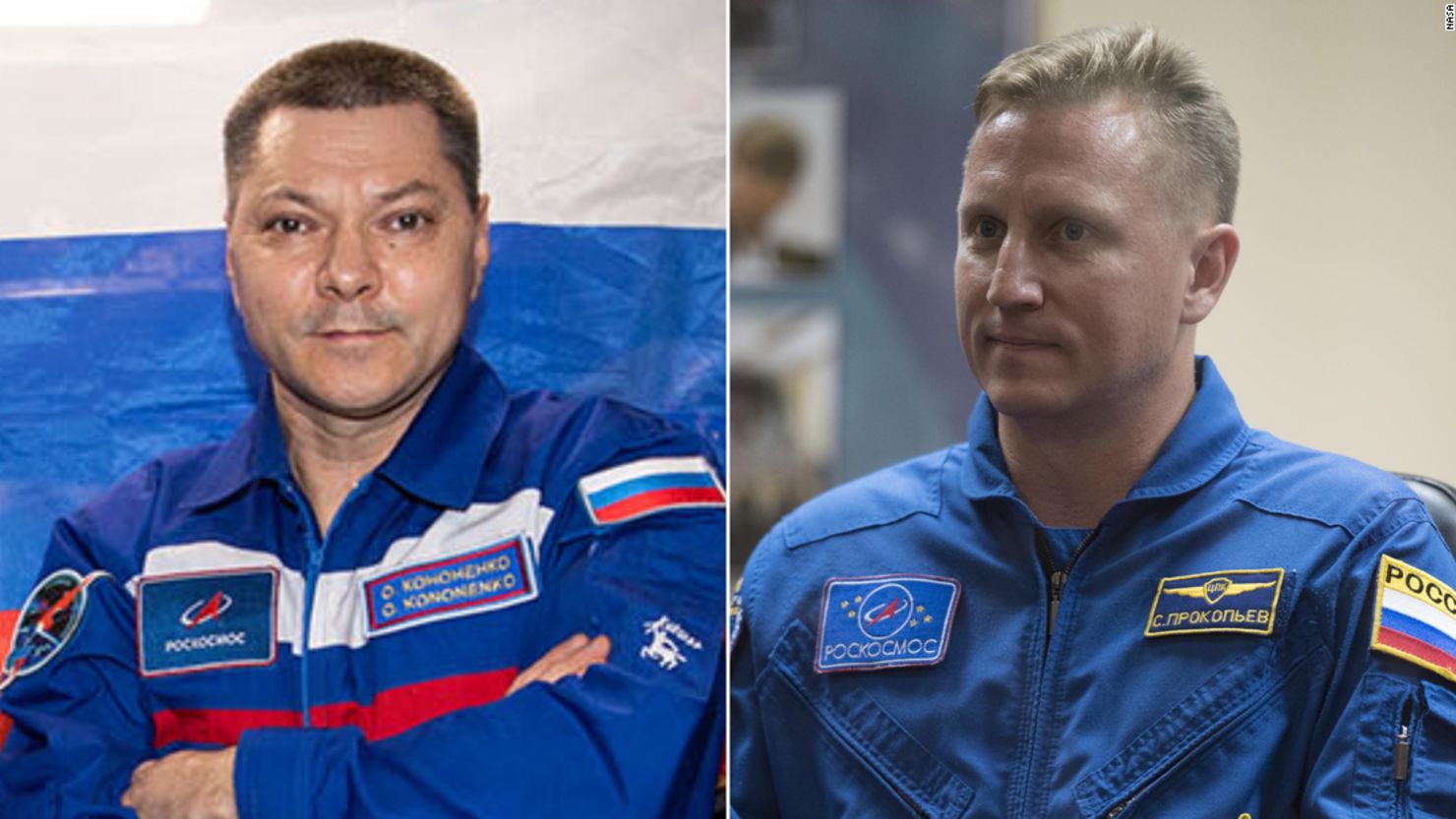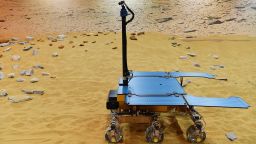American and Russian astronauts will once share space aboard the same spacecraft after NASA and its Russian counterpart, Roscosmos, reached a ride-sharing agreement Friday following months of back-and-forth discussions.
Two seats on two separate launches of Russia’s Soyuz spacecraft have been reserved for NASA astronauts, with the first slated to take off from Russia’s Cosmodrome launch site in Kazakhstan this September. And Russian cosmonauts will join at least two future SpaceX mission to the International Space Station, marking the first time a Russian has boarded one of SpaceX’s relatively new Crew Dragon spacecraft.
NASA assigned astronaut Frank Rubio to the Soyuz mission in September, and astronaut Loral O’Hara will join a later Soyuz flight. Roscosmos is putting cosmonaut Anna Kikina on SpaceX’s September flight, and Andrei Fedyaev will fly on another SpaceX mission in the spring of 2023, according to NASA.
NASA and Roscosmos both confirmed the agreement Friday.
The seat-swap agreement, which does not involve any exchange of payment between the countries, has been looming over NASA and Roscosmos for months amid rising tensions between the United States and Russia over the war in Ukraine.
NASA has repeatedly said that tensions on the ground have had no affect on the countries’ ongoing cooperation in space, though the ISS — which is jointly operated by NASA, Roscosmos and several other space agencies — has become the subject of bellicose rhetoric levied by Russian politicians. Dmitry Rogozin, who was replaced as the head of Roscosmos on Friday, had threatened to pull Russian cooperation from the ISS entirely.
NASA said in a statement Friday that inking a ride share agreement with Russia was crucial to ensure “continued safe operations” of the ISS. If either the Russian Soyuz spacecraft or the SpaceX Crew Dragon vehicle were to run into issues and be taken out of service, a seat-swap agreement would ensure that both US astronauts and Russian cosmonauts would still have access to the space station.
“The station was designed to be interdependent and relies on contributions from each space agency to function. No one agency has the capability to function independent of the others,” NASA’s statement reads.
Such ride sharing agreements have been common throughout the two-decade history of the ISS. After NASA retired the Space Shuttle program in 2011, for example, American astronauts had to rely entirely on seats aboard Soyuz spacecraft for access to the ISS. That reliance ended only after SpaceX’s Crew Dragon entered service in 2020.
CNN’s Kristin Fisher and Karen Smith contributed






